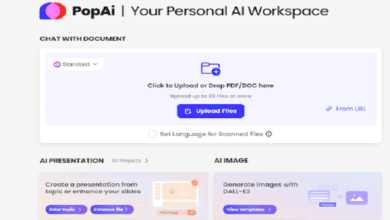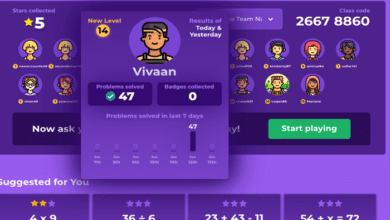What You Need to Know About FAST Content Programming

In today’s digital age, the television landscape is evolving rapidly, with an increasing number of viewers seeking alternatives to traditional cable and subscription-based streaming services. Free Ad-Supported TV (FAST) programming has emerged as a popular option, providing viewers with access to a wide range of content without the need for a subscription. This model is gaining traction due to its cost-effectiveness and the diverse array of channels it offers. As more people cut the cord, understanding the benefits and nuances of FAST content programming becomes essential for both viewers and advertisers.
What is Free Ad-Supported TV?
Free Ad-Supported TV programming, often abbreviated as FAST, refers to television services that provide content to viewers at no cost, supported by advertising revenue. Unlike subscription-based platforms like Netflix or Disney+, FAST services allow users to watch TV shows, movies, and live broadcasts without a monthly fee. These platforms generate revenue through ads that are inserted into the programming, similar to traditional broadcast TV. Popular FAST services include Pluto TV, Tubi, and Peacock, each offering a unique lineup of channels and on-demand content to attract viewers.
The Appeal of FAST Programming
One of the primary attractions of FAST programming is its affordability. As consumers face rising costs for cable and streaming subscriptions, the ability to access a variety of content for free is a significant advantage. This model democratizes entertainment, making it accessible to a broader audience. Moreover, FAST services often feature a wide array of niche channels that cater to specific interests, from classic movies to cooking shows, providing viewers with a tailored viewing experience. This variety and cost-effectiveness make FAST an appealing alternative for many households.
The Role of Advertising
Advertising is the cornerstone of the FAST model, enabling these platforms to offer free content. For advertisers, FAST services provide an opportunity to reach a diverse audience in a non-traditional format. Unlike subscription-based streaming, which often lacks commercials, FAST programming allows advertisers to engage with viewers through targeted ads. This approach can be particularly effective, as it leverages the data-driven insights available from digital platforms to deliver more relevant advertisements. As a result, viewers experience ads that are more aligned with their interests, while advertisers benefit from enhanced targeting capabilities.
Challenges and Considerations
While FAST programming offers numerous benefits, it also presents certain challenges. One of the primary concerns is the potential for ad fatigue, as viewers may become frustrated with the frequency of commercials. To mitigate this, FAST platforms need to balance ad load and ensure that the viewing experience remains enjoyable. Additionally, the quality and variety of content can vary significantly across different FAST services, which may affect viewer retention. As the market becomes more competitive, platforms must continuously innovate and improve their offerings to maintain and grow their audience base.
The Future of FAST Programming
The future of Free Ad-Supported TV programming looks promising, with continued growth and innovation on the horizon. As technology advances, we can expect to see improvements in ad personalization and interactivity, enhancing the overall viewer experience. Additionally, partnerships between content creators and FAST platforms will likely lead to the development of more high-quality, exclusive content, further boosting the appeal of these services. As consumers increasingly seek out cost-effective entertainment options, FAST programming is poised to play a significant role in the evolving television landscape.
The Role of Technology in FAST Programming
Technology plays a crucial role in the success and expansion of Free Ad-Supported TV programming. Advanced streaming technologies ensure smooth delivery of high-quality content across various devices, from smart TVs to smartphones. Moreover, sophisticated data analytics enable FAST platforms to understand viewer preferences and behaviors better, allowing for more precise targeting of advertisements and personalized content recommendations. As artificial intelligence and machine learning continue to evolve, these platforms will be able to offer even more tailored experiences, enhancing viewer satisfaction and engagement. This technological integration not only improves the user experience but also provides valuable insights for advertisers, making FAST programming a win-win for both viewers and brands.
Final Thoughts
Free Ad-Supported TV programming represents a significant shift in the way viewers access and consume content. With its cost-effective model, diverse content offerings, and innovative advertising strategies, FAST programming is becoming an attractive alternative to traditional cable and subscription-based streaming services. As the industry continues to evolve, both viewers and advertisers stand to benefit from the advancements and opportunities presented by this dynamic and growing sector. Embracing the potential of FAST programming can provide a more inclusive and engaging entertainment experience for all.




